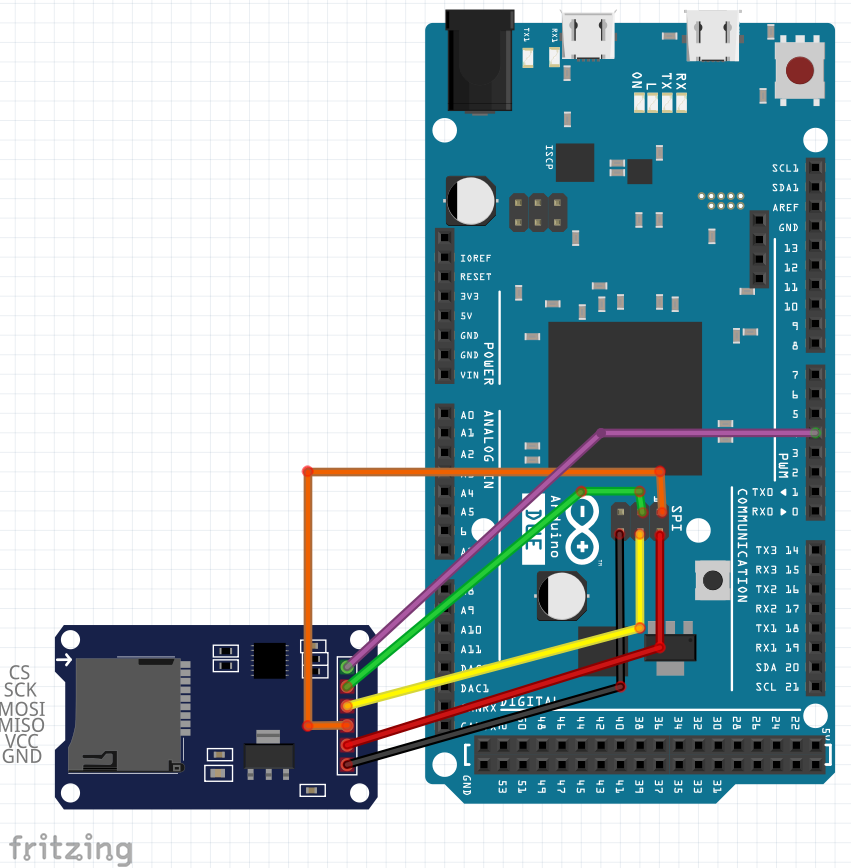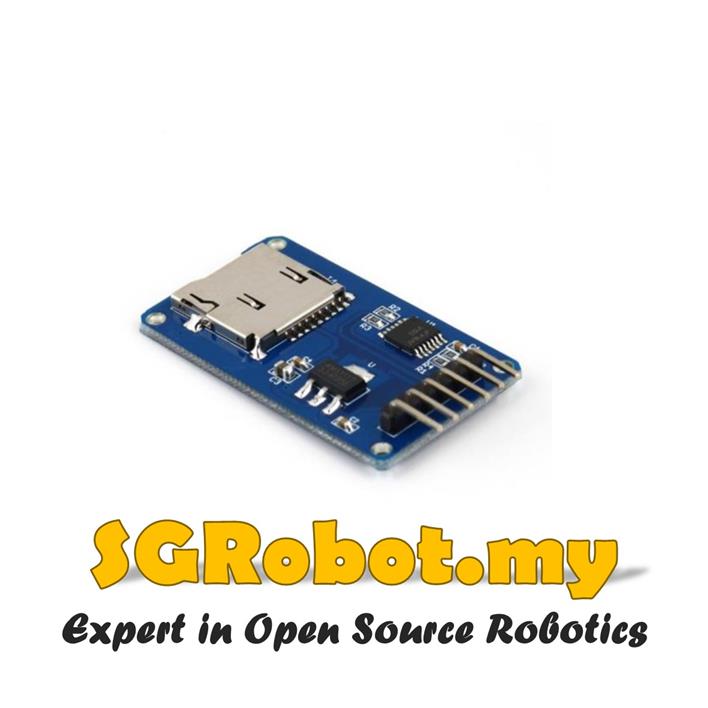

The SPI ports in Arduino UNO are shown in the image below.Įxample of reading data from SD card with Arduino The module has six pins – VCC, GND, MISO, MOSI, SCK, and CS. The SD/Micro SD card is interfaced with Arduino via the SPI interface. Interfacing SD/Micro SD card module with Arduino Therefore, a file must be closed after writing data to it. Note that until the file.close() method is called, data written to a file is not saved. Some of the useful techniques of the built-in file class are as follows.įile.name(): This method returns the file name.įile.available(): This method checks if a file with given filename exists.įile.read(): This method reads the contents of the file.įile.write(): This method writes data to the file.įile.size(): This method returns the size of the file in bytes.įile.print(): This method prints data to the file.įile.println(): This method prints data to the file followed by a carriage return and newline.įile.close(): This method closes the file and ensures any data written to it is physically saved in the SD/Micro SD card.

Many methods of the built-in file class are also used while reading from or writing to SD/Micro SD cards. It takes the filename, including the path, as a parameter. SD.remove(): This method removes a file from SD/Micro SD card. If the file is opened for writing, if it does not already exist, it will be created by the specified filename and path. The file will open in read mode by default if the mode is not specified. The mode determines if the file has to be read or written. It takes two parameters filename and mode. SD.open(): This method opens a file for reading or writing. SD.rmdir(): This method removes a directory from the SD/Micro SD card. SD.mkdir(): This method creates a directory on the SD/Micro SD card. SD.exists(): This method tests the existence of a file or directory in the SD/Micro SD card. It takes the pin connected to the SS pin of the reader as a parameter. SD.begin(): This method initializes the SD/Micro SD card. The library provides the following methods to work with SD/Micro SD cards. Only one period is allowed, although the filenames can include PATHs separated by forward slashes. The library also supports FAT16 and FAT32 file systems on SD/Micro SD cards, but the file names must be in 8.3 formats. Except that the SD card reader reads/writes an SD card and Micro SD card reader reads/writes a Micro SD card, both types of modules are interfaced with Arduino (or any other microcontroller/microcomputer) similarly, and the same library in Arduino is used to read or write from both type of modules.Įxamples of SD and Micro SD card readers for ArduinoĪrduino can communicate with SD and Micro SD card readers using its built-in SD library, as both modules use the SPI interface for data communications. Micro SD cards are commonly used in mobile phones, microcomputers, drones, dash cameras, etc.īoth SD and Micro SD card readers usually have an SPI interface for data communication with a microcontroller/microcomputer. Micro SD cards are smaller (15 mm x 11 mm x 1 mm).

SD cards are commonly used in handheld computers, digital cameras, and baby monitors. Their maximum storage capacity is limited to 2 GB. SD cards are a bit bulky in size (24 mm x 32 mm x 2.1 mm) compared to Micro SD cards. Both are different in technology and origin. SD and Micro SD cards are widely used memory cards. You may also be interested in working on the ADX元45 accelerometer sensor.

Before continuing this project, learn to interface the ADX元45 accelerometer with Arduino. In this project, we will interface a Micro SD card module with Arduino and use an 8 GB Micro SD card to log data from the ADX元45 accelerometer sensor. SD and Micro SD cards facilitate a storage capacity in gigabytes that is more than sufficient to log data from any number of sensors or any amount of data. SD and Micro SD card modules can be easily interfaced with Arduino (or any microcontroller) via the SPI interface. This EEPROM is usually a few kilobytes in size and can only store a limited amount of data.Ī practical solution to this problem is storing sensor data on SD or Micro SD cards. Many microcontrollers have built-in or on-board EEPROM to store external data, while the flash memory always remains reserved for storing the bootloader and the firmware. This may be just for logging sensor data or deriving high-level analytics. There are times when the data fetched from sensors need to be stored for future use.
#Interupts spi arduino due sd card serial
Microcontrollers are equipped with parallel data ports and several serial data communication interfaces that allow them to interface and communicate with sensors. It is common to use different sensors with microcontrollers in embedded applications.


 0 kommentar(er)
0 kommentar(er)
